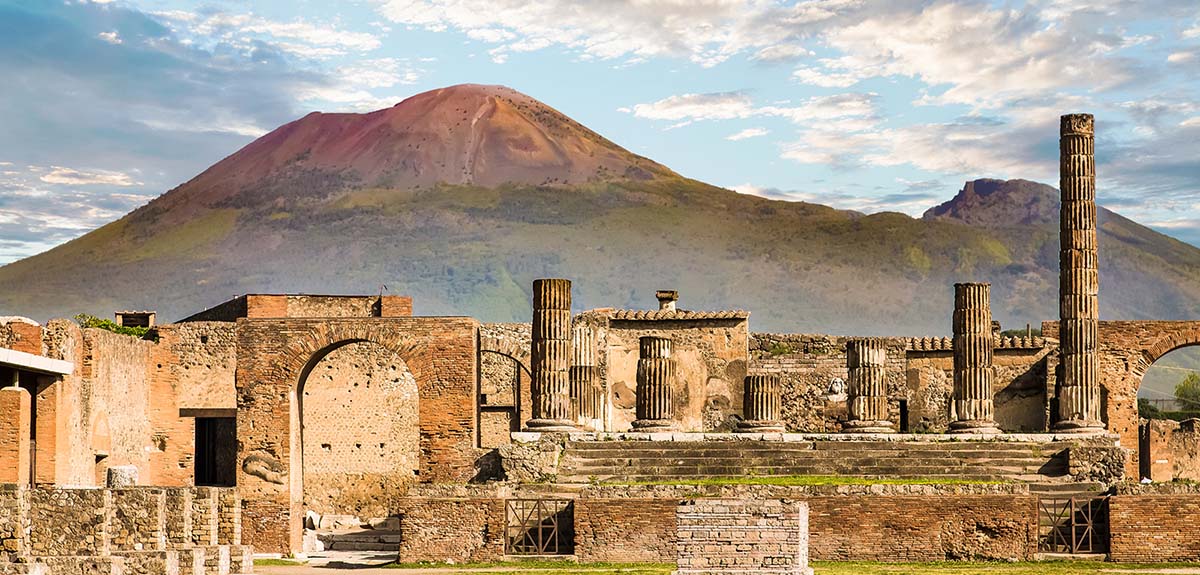
One of the most interesting visits you can do in Italy is to visit the ruins of the Roman city of Pompeii. It is a great experience and will undoubtedly put into context the movies or TV series you have seen about this famous and tragic city.
So today, in Actualidad Viajes, we will see what happened in Pompeii with the Vesuvius volcano.
Pompeii
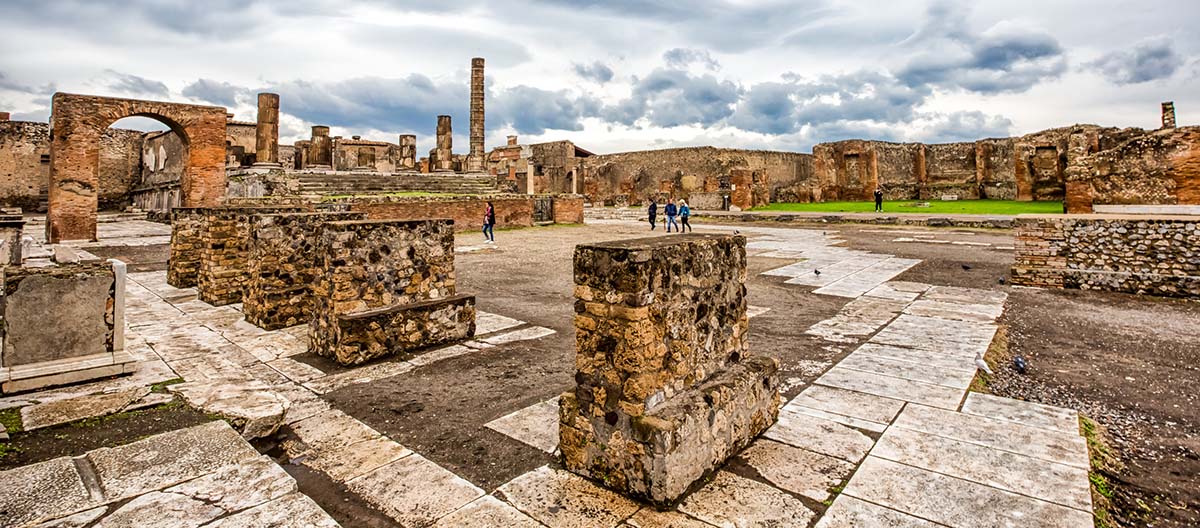
Pompeii was a Roman city located near Naples, in the Italian Campania. Nearby was, and still stands, the Vesuvius volcano, the creator of this historical drama that despite the pain has allowed us to delve into the way of life of the Romans.
Mount Vesuvius is a stratovolcano that is in southern Italy. It is popular precisely because in AD 79 it erupted and it was a tragic and destructive event. It was autumn and the volcano erupted violently. Did you see the movie Volcano, starring Linda Hamilton and Pierce Brossnan? The one in which the volcano ejected a super cloud of ash and stones that covered a mountain town? Well, that was what happened in Pompeii.
It is estimated that Vesuvius released a hundred thousand times the thermal energy of the atomic bombs dropped on Hiroshima and Nagasaki, and the pyroplastic cloud that shot out of his mouth swallowed not only Pompeii but also Herculaneum, another city not far away.
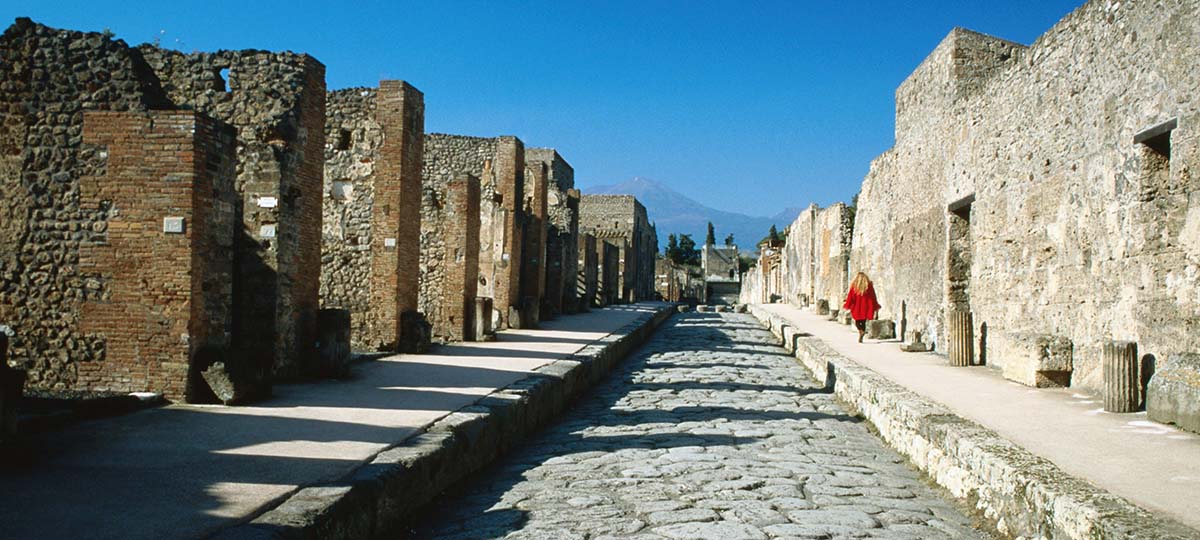
It is estimated that the population of both cities reached 20 thousand people and in the ruins, excavated centuries later, the remains of 1500 people were found. Of course, the true number of deaths will never be known.
The truth is that the inhabitants of Pompeii and Herculaneum were used to earthquakes, in fact, a few years before there had been a fairly strong earthquake, so nothing surprised the people here. But between that earthquake and the eruption of Vesuvius everything was rebuilt, according to what archeology has been able to discover. Until the volcano said here I am again.
The activity in the volcano began a few days before, but when everything exploded there was no salvation. First there was a ash rain that lasted about 18 hours, so many of the citizens managed to flee and take their most valuable belongings. Then, during the night, the mouth of the volcano spat out a pyroplastic cloud: fast, with ashes and stones, which advanced deadly and in a suffocating way over the surrounding fields and the city, to the coast.
During the second day the volcano finally calmed down, but it had already left a scorched earth. It could be calculated that the temperature reached 250º, causing immediate death even to the people who were sheltered inside the buildings. Archaeologists have found charred bodies covered in more than a dozen layers of volcanic material. Any of the movies circulating around shows the tragic event.
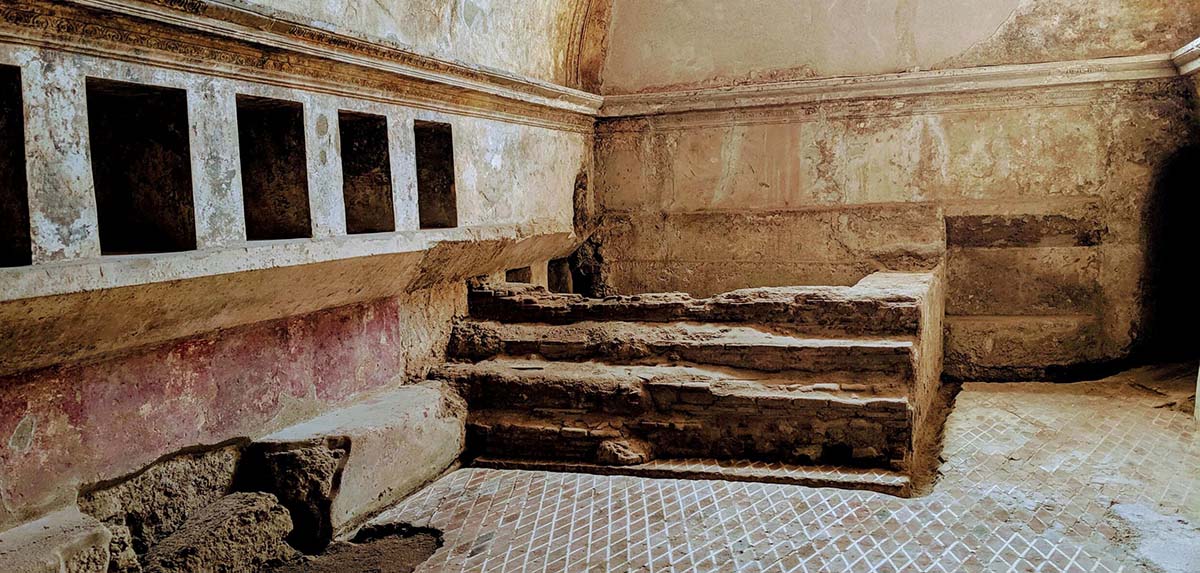
The truth is that the eruption is believed to have taken place in late October and that, despite the fact that the city was visited by Emperor Titus and received donations from the imperial treasury to help the victims, not rebuilt. With the half-buried city, the thieves arrived later and began to take what they could find of value or materials from the buildings. For example, marble statues.
However with the passage of time the city fell into oblivion. And there were other eruptions that hid what little was still seen of Pompeii. This was until 1592 when the architect Domenico Fontana found part of a wall with paintings and inscriptions. He was building an underground aqueduct, but he decided not to publicize the find.
Later others came across ruins and it was correctly assumed that Pompeii was hidden under the area that was then known as La Civita. The same thing happened with Herculaneum, rediscovered in 1738. Pompeii, for its part, continued to come to light when the French occupied Naples between the end of the XNUMXth century and the beginning of the XNUMXth century.
Since then much has been excavated and in the XNUMXth century there were important finds, the charred bodies, for example. It was Giuseppe Fiorelli who discovered, for example, how to preserve these bodies by injecting them with plaster. Over time the plaster was replaced by resin, more durable and less destructive of the bones.
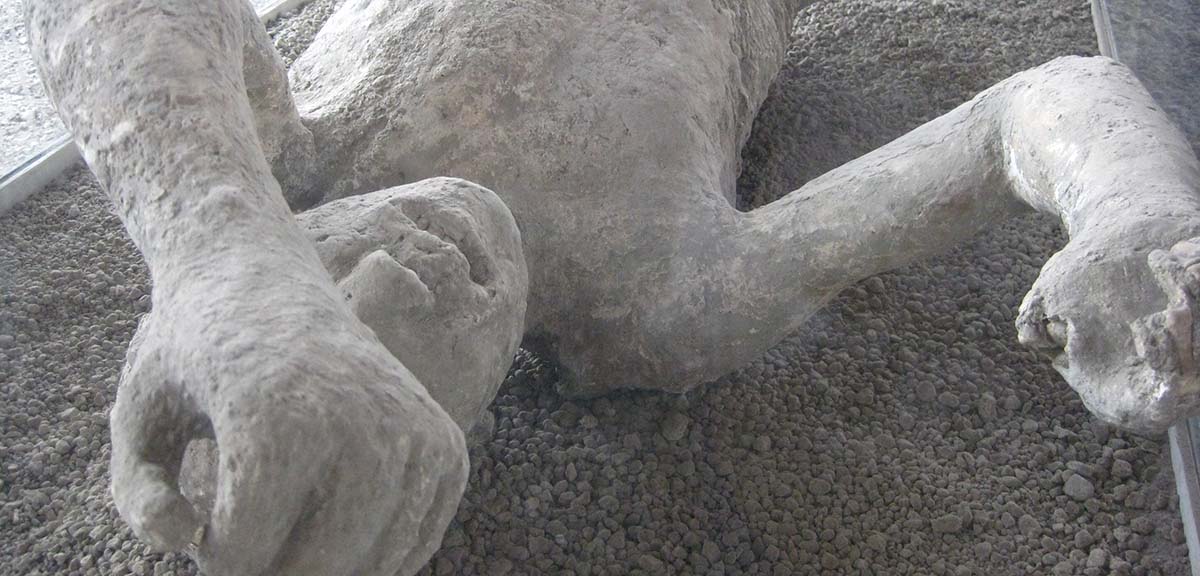
Excavations at Pompeii continued throughout the 1980th century, with less or greater luck, and they even had to survive an earthquake in XNUMX. Today excavations continue but much is focused on preserving the ruins, not new excavations. And yet wonderful things continue to be found: the complete skeleton of a dog, a ceremonial chariot made of bronze, ceramic jugs and the tomb of a free slave named Marcus Venerius Secundio.
Nowadays the ruins of Pompeii are World Heritage and one of the tourist treasures of Italy, being visited by millions of people per year.
Visit the ruins of Pompeii
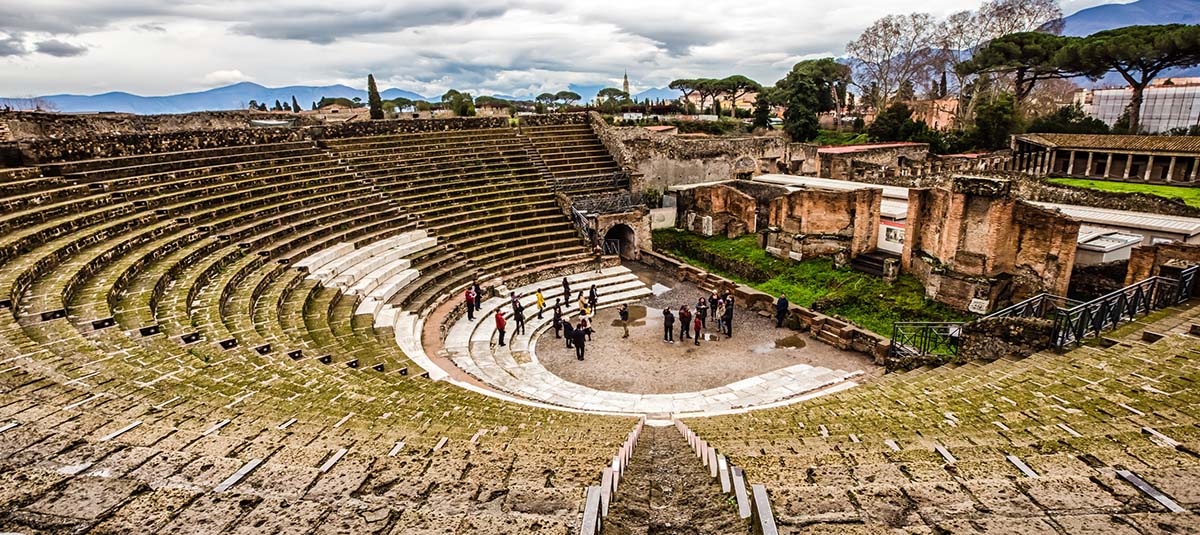
Undoubtedly, the city is a window to the Roman past that you cannot miss if you go on a trip to Italy. If you want to know what happened in Pompeii with the Vesuvius volcano, there is no photography or documentary that can supplant a visit in person. You can buy tickets online, but keep in mind that on Saturdays and Sundays it is only online and can be obtained one day before the visit.
- Opening hours: from April 1 to October 31 they open from 9 am to 7 pm, with the last entry at 5:30 pm. Between November 1 and March 31 it opens from 9 am to 5 pm, it closes at 5 pm but you can enter only until 3:30 pm. They close on December 25, May 1 and January 1.
- Tickets: The ruins can be entered from Porta Marina, from Piazza Anfiteatro and from Piazza Esedra. If you want to visit the Antiquarium it is better to enter through Piazza Esedra.
- Prices: the complete ticket costs 16 euros. If you enter through Porta Marina or Piazza Esedra you can sign up for a guide, from 9 am to 1 pm.
- Others: You can also buy a joint ticket that brings together Pompeii and Mount Vesuvius or the city of Herculaneum and Mt. You reach the top of Vesuvius, at the mouth of the crater, and the views of the Gulf of Naples are wonderful.